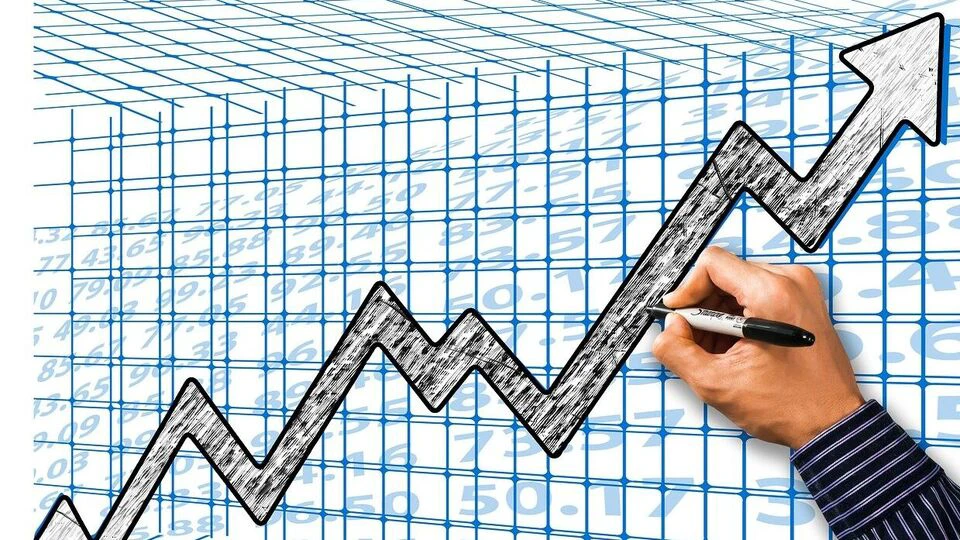The National Statistics Office (NSO) is all set to release the quarterly GDP estimates for July-September of FY 2025-26 (Q2) on 28 November 2025. Market expectations are centered around real growth in the 7-7.5% range, with the RBI projecting close to 7% and several institutional forecasts clustering in a similar band, according to analysts.
“That implies Q2 is expected to be strong, but not a step-change versus the trajectory already built into full-year estimates,” said Robin Arya, investment manager on smallcase and Founder at GoalFi.
Notably, the Indian economy had grown by 5.6% in the second quarter (July-September) of the previous fiscal year. For Q1, real GDP at constant prices stood at ₹47.89 lakh crore, up from ₹44.42 lakh crore in the corresponding quarter of FY 2024-25.
Meanwhile, India’s real GDP for second quarter of FY24 was 7.8% higher than in the same quarter of FY23.
What’s behind the strong growth?
High-frequency data suggests a healthy but more balanced engine of growth. Private consumption and services are benefitting from benign inflation, steady real income growth and a stronger rural backdrop after supportive monsoons, according to Arya.
Public capex remains a key pillar, while manufacturing is seeing a cyclical tailwind from inventories and festive demand, though external demand and goods exports are still a swing factor.
“Against this backdrop, the risk-reward around the print looks tilted towards a “meet or marginal miss” outcome rather than a large positive surprise. Any downside versus the upper end of expectations is more likely to come from weaker nominal GDP, soft patches in private capex and global trade headwinds than from domestic demand collapsing. For markets and policymakers, a print around the 7% handle should still reinforce the narrative of India as one of the fastest-growing large economies, while keeping the RBI firmly data-dependent rather than rushing into an aggressive policy pivot,” he added.
Meanwhile, Garima Kapoor, Deputy Head of Research & Economist at Elara Capital, pointing out the negative aspect said that GST-cut disruption and the impact of heavy rains will likely to impact.
“Current market expectations for Q2FY26 GDP print are in range of 7 to 7.3% . The data is expected to be broadly in that range. On negative side while we have an impact of GST cut led disruption and heavy rains will get compensated by supportive base effect and front loading of government spending,” Kapoor said.
Agencies forecast
According to State Bank of India report, India’s real GDP growth for the July-September quarter is expected to reach 7.5% or higher, driven by increased consumption following the recent GST rate reduction.
“Growth is being supported by a pick up in investment activities, recovery in rural consumption, and buoyancy in services and manufacturing, underpinned by structural reforms like GST rationalization that also helped unleash a festive spirit that decisively showcased triumph of hope over hype,” said SBI Research in a report.
However, the Reserve Bank of India (RBI) had estimated the GDP growth for the second quarter to be 7%.
India Ratings & Research (Ind-Ra) expects India’s GDP likely to grow by 7.2% in the second quarter, supported mainly by robust private consumption and a strong performance in the services sector.
“From the demand side, private consumption is a leading growth driver due to steady real income growth both in upper- and lower-income households,” Ind-Ra said in a note.
